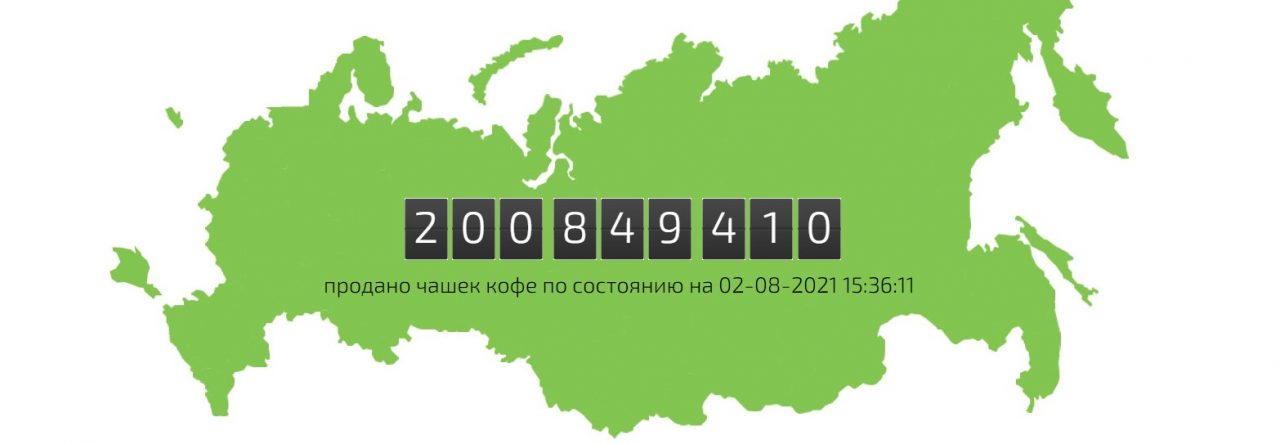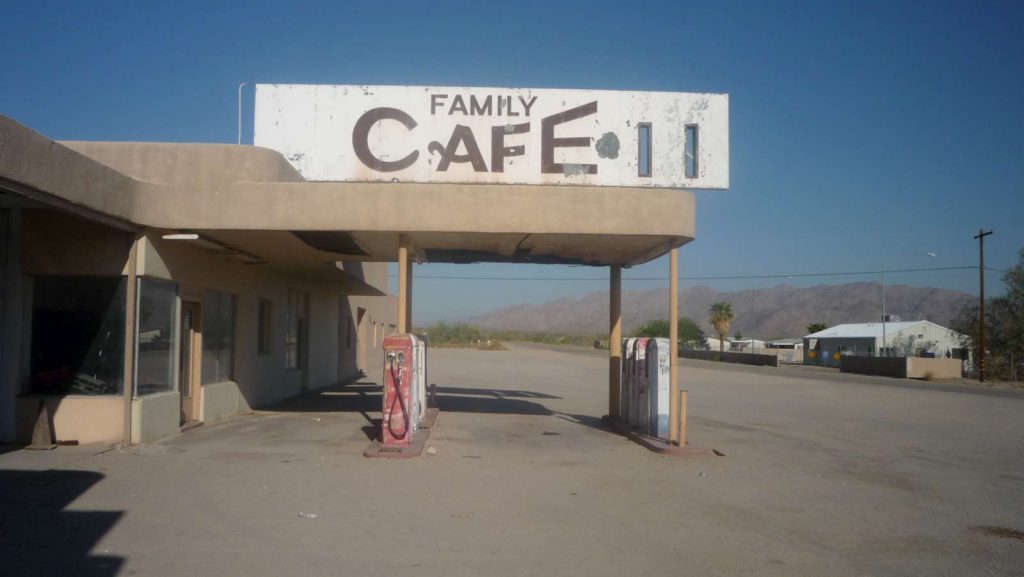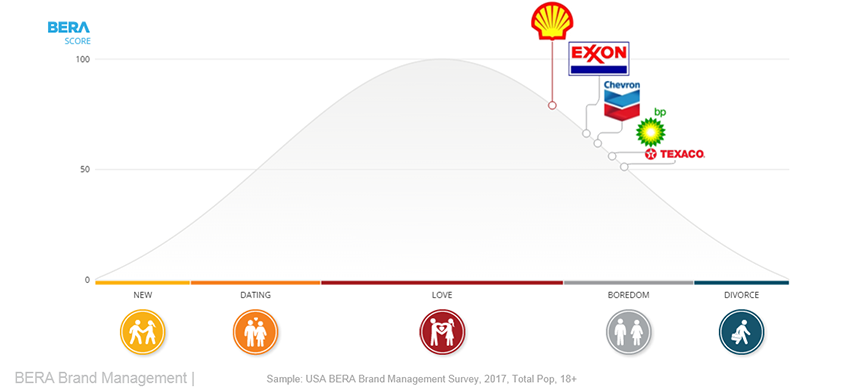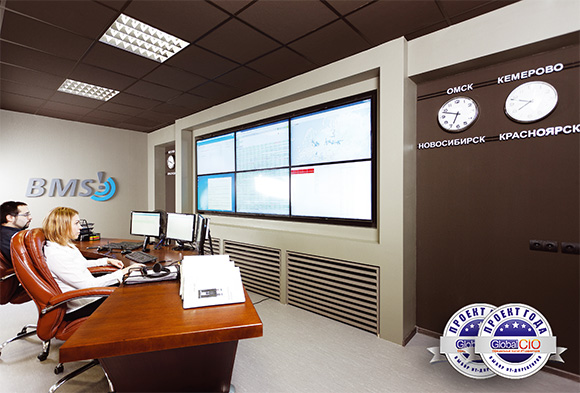Having a cafe at a gas station or a c-store is vital for modern gas stations. While the competition grows tougher, fuel sales are decreasing. For this reason, gas station owners are looking for alternative sources of revenues.
Tag: Club of experts on non-fuel business of gas stations Page 1 of 2
In the US, the brands of major oil companies are being gradually squeezed out of the retail fuel market. One of the main reasons – the process of the drivers’ “refueling” with the food has become almost more important than actual fueling cars with gas.
Previously, all the attention on the highway was focused on the search for the Shell, Exxon or Texaco signs, whereas now the drivers are looking for Buc-ee or Wawa ones in the roadside landscape. Millenials rate filling stations for their food quality in no lesser degree than thry do in terms of the price and quality of gasoline.
The world’s biggest electric car producer is planning to enter the convenience industry. The news of Tesla launching its Tesla Cafe project has already hit the headlines. It plans to use its EV charging stations as the main background for the new coffee chain. Let’s find out more about the future perspectives of the new promising project.
Fast-food industry and c-stores are shaping the lifestyle of on-the-go consumers. They have always been looking for portable and more convenient snacks. So, it seems like there is nothing new in the foodservice at first sight. However, catering starts playing a huge role when it comes to customers’ loyalty and satisfaction. Why do fast-food and c-store chains really need catering? How can it be helpful?
Any professional community should have a strict hierarchy based on some fundamental criteria. The hierarchy is supposed to feature both proven leaders and outsiders as well as highlight bold rookies and former jet sets in a particular industry. Everyone takes an appropriate position that fits the level of trust and reputation.
The latest research has revealed top 5 most loved gas station chains in the United States. Shell takes the lead followed by some other big names in the fuel industry including EXXON, BP and some more. However, leaders should hardly lay back and be satisfied with the state of thing. All 5 companies are inevitably approaching the “boredom” stage. What is it and what are the steps to avoid that stage?
What does the term “smart gas station” mean? What features it should have? How can IT solutions boost its operation in relying on all aspects of the non-fuel business and gas station chains? These are the question we are going to discuss in this article.
My expert comments given to LogLerney portal appeared to be the fundamental issue for this article. I do consider cloud-based technologies have a huge potential for the entire field of logistics.
Cloud-based solutions and backup have proved to be a better alternative to traditional options. A growing number of applications and management software lets businesses reduce the costs and concentrate on some prior issues and targets. What is the idea of such advanced supply chain managing tools and how can they be implemented in logistics?
The Russian market of IoT solutions has a pronounced contrast compared to Europe and the United States in terms of ensuring connectivity of networks for M2M-technology devices. Its potential is regarded as a very high one. Therefore, analytical firm J’son & Partners Consulting in its research on the results of 2016 for the market of distributed systems and telemetry, remote monitoring and control services paid some special attention to the Russian Internet of Things market. Non-fuel businesses of filling stations may become the exemplary ones for the whole IoT industry, because the industry has a request for major changes to be made. It’s one thing when startups are looking for new items, and quite another one when such a request comes from the leaders of Vertically Integrated Oil Companies (VIOC).
What exactly J’son & Partners Consulting analysts evaluated?
Both the level of penetration and scale of systems that were examined in the study in the were assessed by the amount of wired and wireless devices in the segment of machine-to-machine (M2M), which are automatically (or with minimal human involvement) produce and transmit data collected by telemetry systems, and execute commands of these systems. Devices with built-in data processing functionality were not taken into account. The main objective of the study was to evaluate the prospects of transformation of distributed telemetry systems in the light of Internet of Things (IoT) future development.
“Without my friends there’s a little bit of me, but with a lot of friends there’s plenty of myself” – lines from a soviet children’s song perfectly describes the essential meaning of co-operation in any business. You can be the author of most innovative solutions, to develop breakthrough technologies, but it’s only going to be possible to bring it to a state of “finished product” by going through a complex chain of cooperation with a number of business partners.
And this is true even for applied business initiatives of the microscopic, compared to the market standards, formats. Opening a small shop selling two or three positions of coffee beverages and about the same range of pastries (i.e. we’re talking about literally micro scale of business, not even SMBs), immediately causes the owners of such an enterprise to the need to acquire the suppliers of coffee machines, cups, coffee beans or ready-to-use blends , semi-finished products for baking, microwave oven – and so on and so forth.








